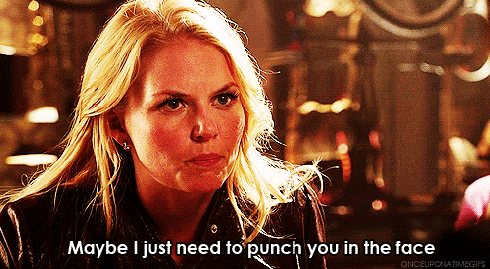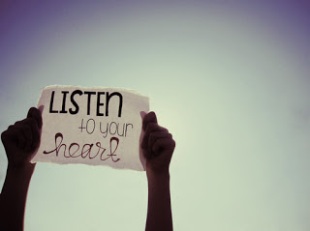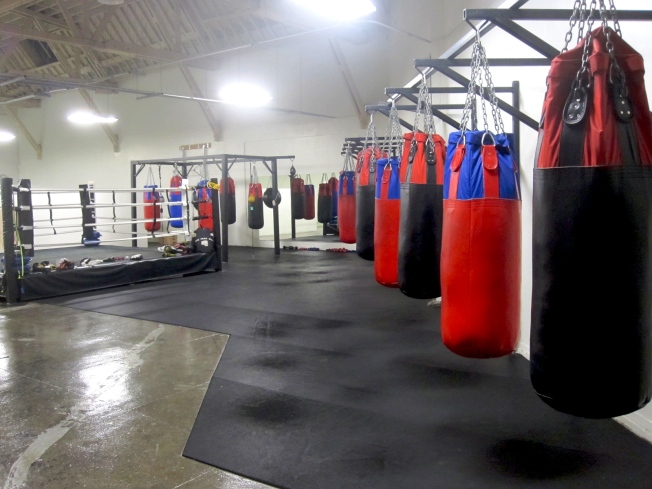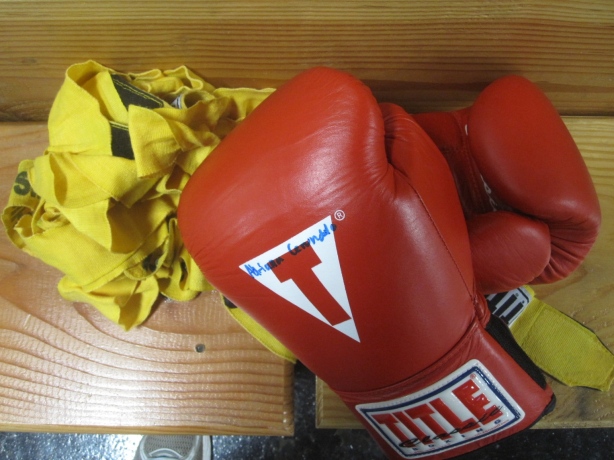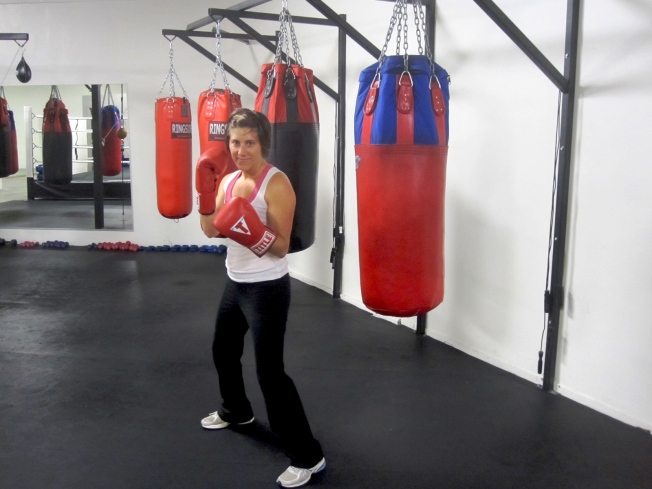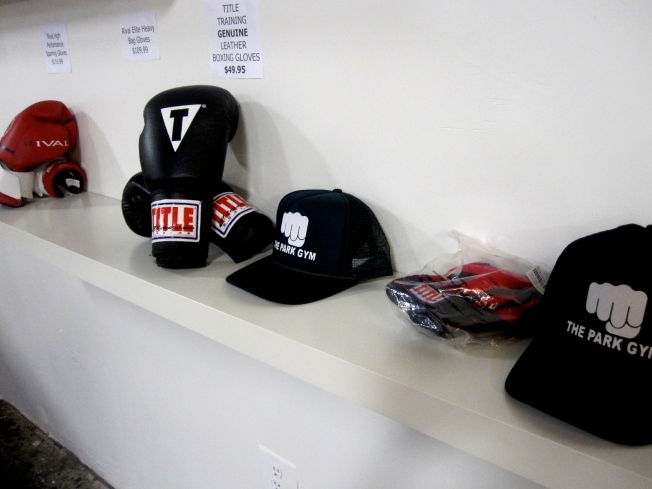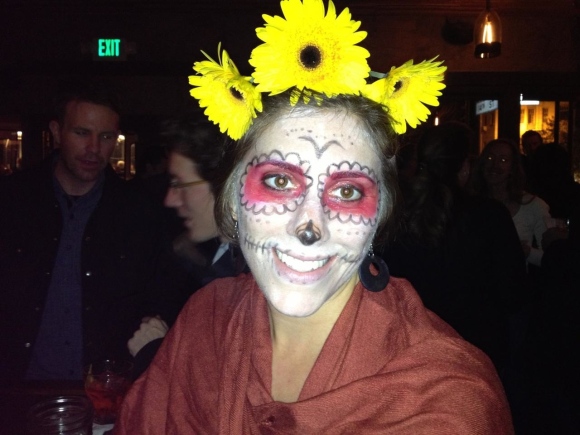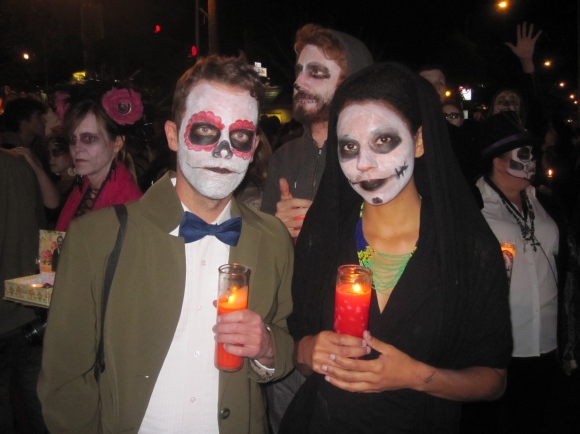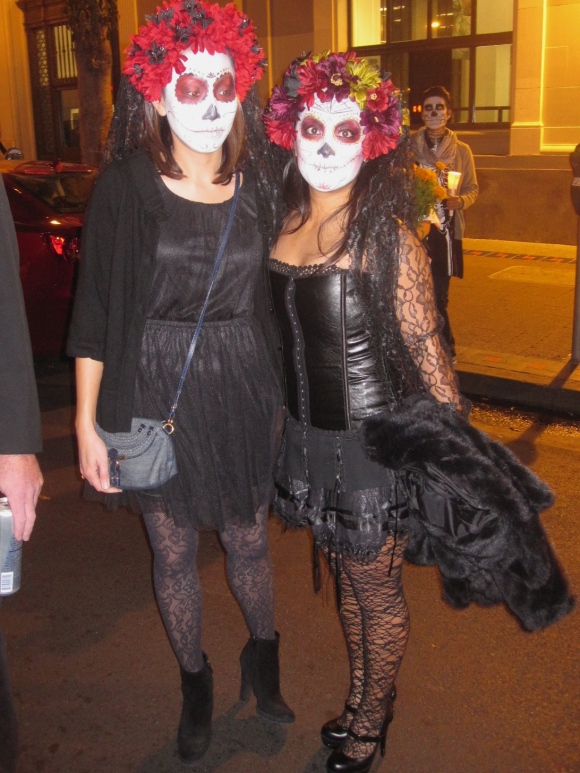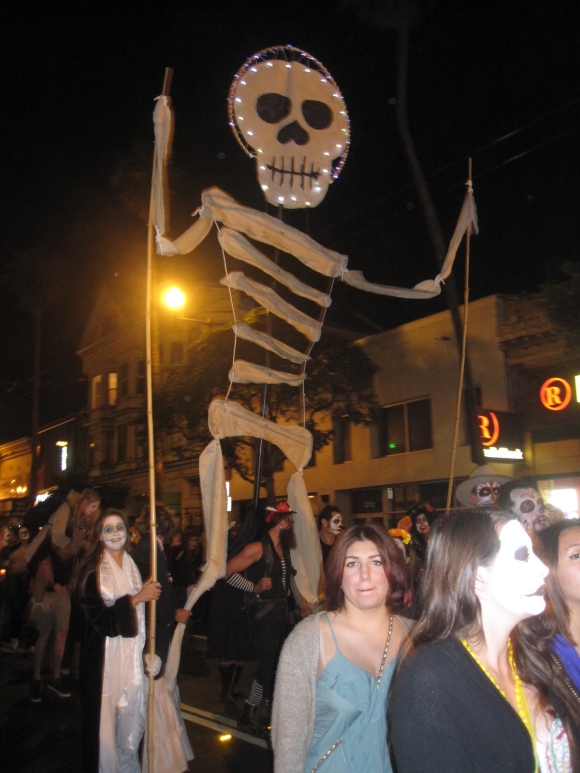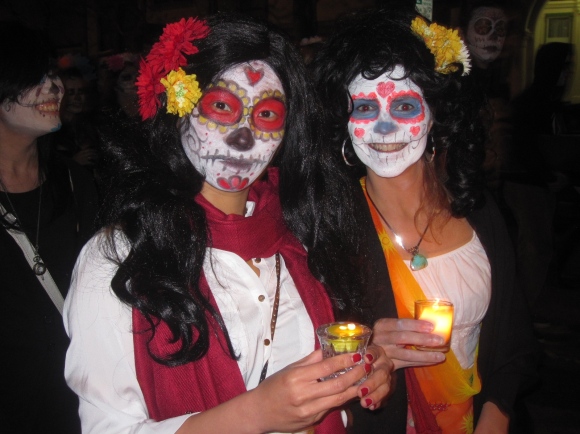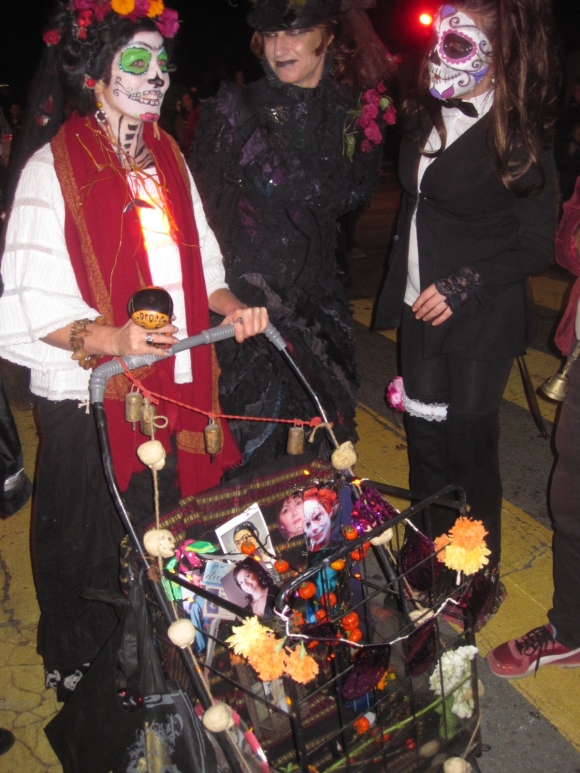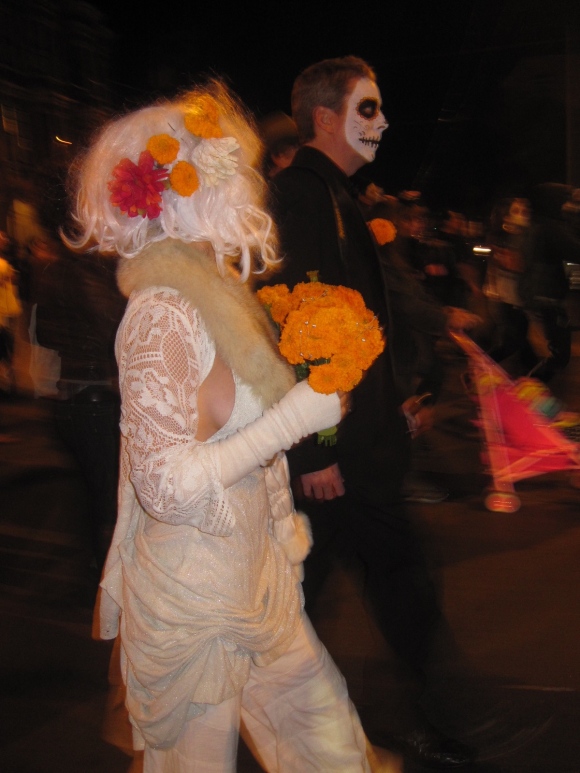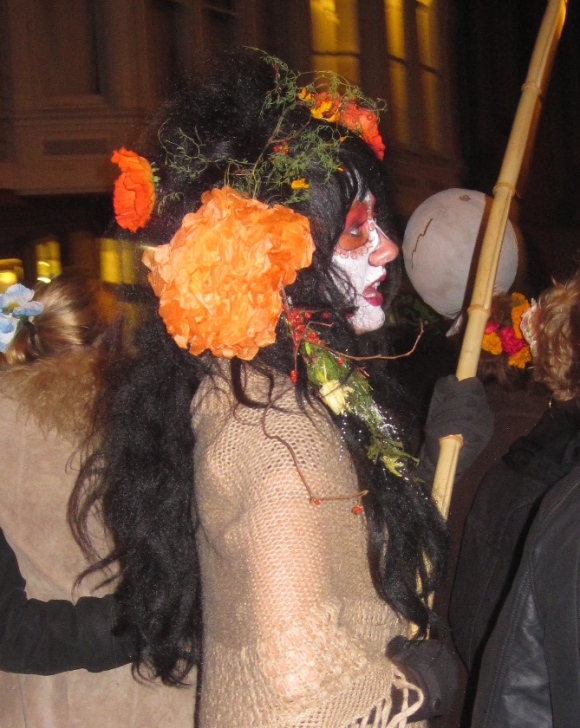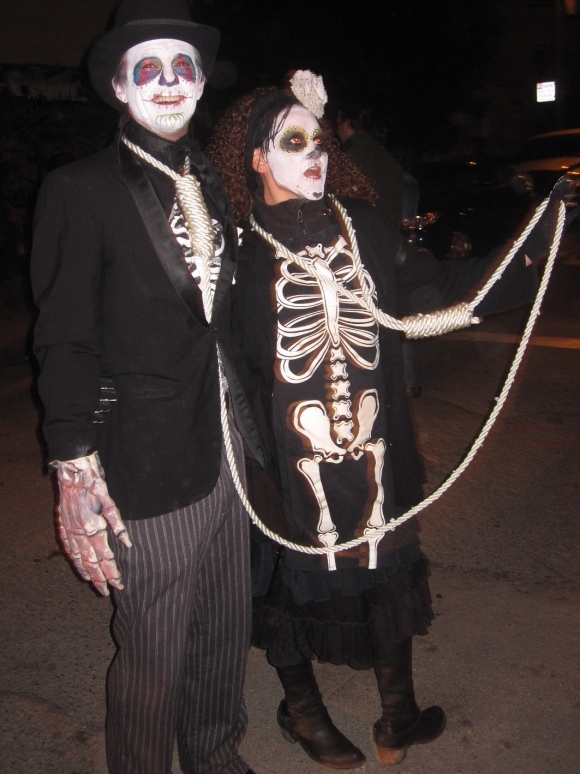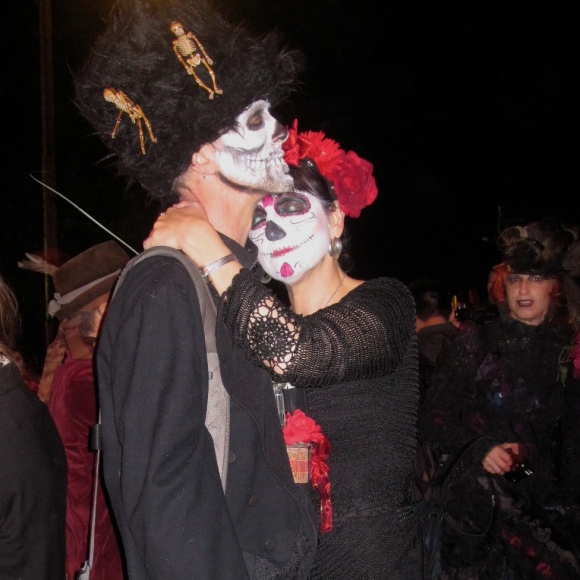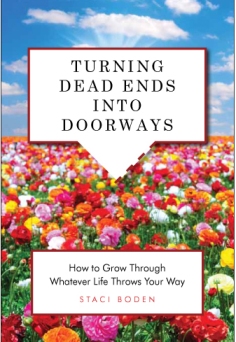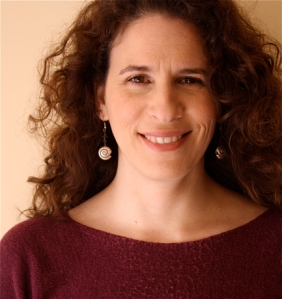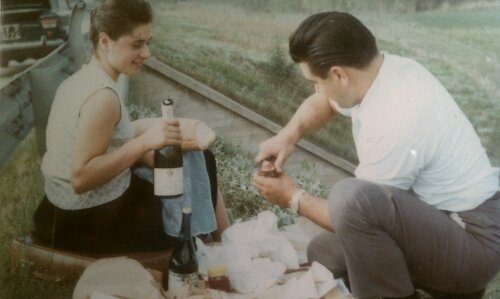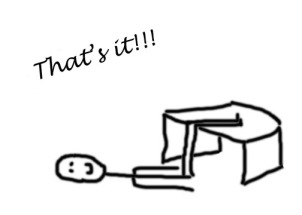I’ve always considered myself a “music lover.” Not a music expert, per se, but someone who is passionate about music and takes it rather seriously. It is really hard for me to sit through a song (or god forbid playlist) I dislike. (Maybe this makes me a music snob?) This can make riding as a passenger in a car uncomfortable at times.
One of my reasons for moving to San Francisco was to have good live music available within a walk from my apartment. Over this last year I’ve made an effort to be on top of live shows that were happening – how could I call myself a music lover if I’m not regularly going to live shows? – and once I discovered music festivals, attending as many of these as possible also became a goal. By living my definition of what “music lover” meant (which included going to shows and music festivals), I was actively expressing who I was.
The world seems to run on labels and categories, as it seems to be the only way to make the least bit of sense of all craziness that encompasses it. I mean, isn’t that what language is after all, a socially recognized system for labeling things? Each word is simply a label, a commonly recognized set of sounds that corresponds to a thing (or action, descriptor, whatever). But what makes this tricky is that our definition of words and labels cannot help but be influenced by our prior experiences with those things we are referencing.

Now, this is not a problem for simple communication like “the door is locked”. Little room for interpretation there. But ask any two people in SF what the word “hipster” means and they each may have different connotations of the word. I can’t help but feel that our linguistic system of communication is simply archaic. If we can’t even agree on the exact definition of a noun, how are we to effectively communicate abstract concepts like feelings, dreams, or even who we are? How about creating an identity for ourselves, a definition to which we can ascribe and use as guide posts for how we live our lives? How can one even attempt to translate these ideas through the switchboard of language?
In the sound healing program I completed, our teacher would have us “make the sound” of our day at the beginning of each class. No need to search for words or navigate the linguistic code. Simply tune inwards to find the vocal sounds that best resonate with whatever you are feeling or wishing to express. It takes almost the full hour of my therapy session to just catch my therapist up with how I’ve been doing since our last session. Putting all that in a 2-minute soundtrack, that is completely unique and authentic, is so much more efficient! (It should be noted that the concept behind sound healing is that all things – thoughts, feelings, objects, etc. – are simply energy, made up of vibrational waves, that have their own resonant frequency. So, by tuning into and sharing the “sound” of what it is we want to express, we are communicating the very essence of that thing.)
This is all to say that until this past weekend, I was still ascribing to the “music lover” definition I had mentioned earlier, which included festival-going. This was not a difficult conclusion to come to, as my four experiences with music festivals (each at the High Sierra and Harmony Festivals) were amazing. Based on those experiences, I concluded that I loved music festivals, and attributed that to the fact that I loved music. And I was very excited to finally make it to Outside Lands this year. I had not been quick enough to purchase tickets before they sold out last year, which had made me very bitter. I planned ahead this time and cleared my calendar for the day and time those puppies were going on sale, and made sure to get myself a 3-day pass. Nothing was gonna stop me now.

The terribly long walk from the Golden Gate park festival entrance to the actual concert entry gate was annoying, but I dismissed it as one of the necessary costs of attending a large festival. The fact that they made me pour out the tap water from my water bottle upon entry annoyed me more. Especially when I realized that they were charging for water refills, and the stations were very few and far between. Enter in the hopelessly large crowds that stood between me and the water refill stations, as well as my growing thirst as I navigated them, and my annoyance level was quickly rising.
But all was well with the world because soon I’d be seeing Beck. I’ve been listening to Beck since middle school and had yet to see him in concert. Odelay was in constant replay in my car as I drove to high school senior year, and I continue to be amazed by the variance of his music. Each album has a different sound, and he seems to collaborate with a different artist each month. Because of this I was willing to be pushed and jostled a bit by the crowd that filled in around me at the main stage 20 minutes before showtime. Those 20 minutes were uncomfortable, yes, and the people in the bear hats behind us who were talking obnoxiously loud were irritating. But they were also drunk. And this was a music festival after all. How did this not annoy me at High Sierra? Oh right, because the people there respected personal space and they were more chill and high than drunk and obnoxious. But no matter, I was a music lover and willing to put up with this to see Beck.
Beck fired up with Devil’s Haircut, and I was so excited and immediately started dancing. But something was not right. Aside from the two ladies in front of me, no one else around me was dancing! All these people who felt compelled to push themselves toward the front and nearly run me over in the process seemed unengaged and bored. What was going on? Aside from the popular “two turn tables and a microphone” song, the climate of my immediate surroundings remained unchanged for the entire set. I could not help but feel irritated. I realized then that for me, music festivals were only as good as the crowd that attended them. The energy of a performance goes both ways between the artists and the crowd. And I like it when the crowd around me is as enthusiastic about the performance as I am – especially if they are taking up valuable personal space. My critical voice that sometimes rears its judgmental head could not help but conclude that a lot of those people were there more for the scene, and to have something cool to post on facebook, than for the music itself.

(Beck. Do you see anyone dancing?)
By the end of the night, the freezing weather, overpriced food and ridiculously long waits for the port-o-pots completely deflated what was left of my tolerance. The following morning, I sold my ticket for the remaining two days.
Though I had not consciously registered it, I had somehow connected going to Outside Lands as validation of my hardcore music-lover status. Over the last few months I was surprised to learn that many of my friends were not going, and I assumed that they simply did not care about music as much as I did. Because why else would you turn down a music festival? But as I stood freezing, looking at the 25 yard-long line for $8 hot chocolate, I understood. And I also realized my mistake. I, nor anyone else, has anything to prove when it comes to identity definition. No need to meet some fabricated definition of a label, even if you yourself fabricate it. I still love music (and therefore remain a music lover) and the fact that I will no longer go to Outside Lands does not change that. What has changed is my understanding of what “music lover” means, and my relationship with that label.
Each day, each moment, we are evolving beings with new thoughts, emotions, and experiences that shape who we are. How can you put a label on that?
 (J.D. MacArthur beach, North Palm Beach)
(J.D. MacArthur beach, North Palm Beach)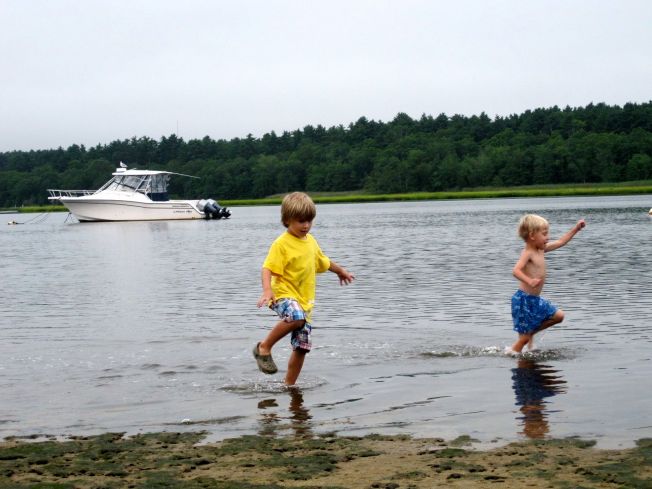 (My nephews playing on the same beach I grew up on.)
(My nephews playing on the same beach I grew up on.)








